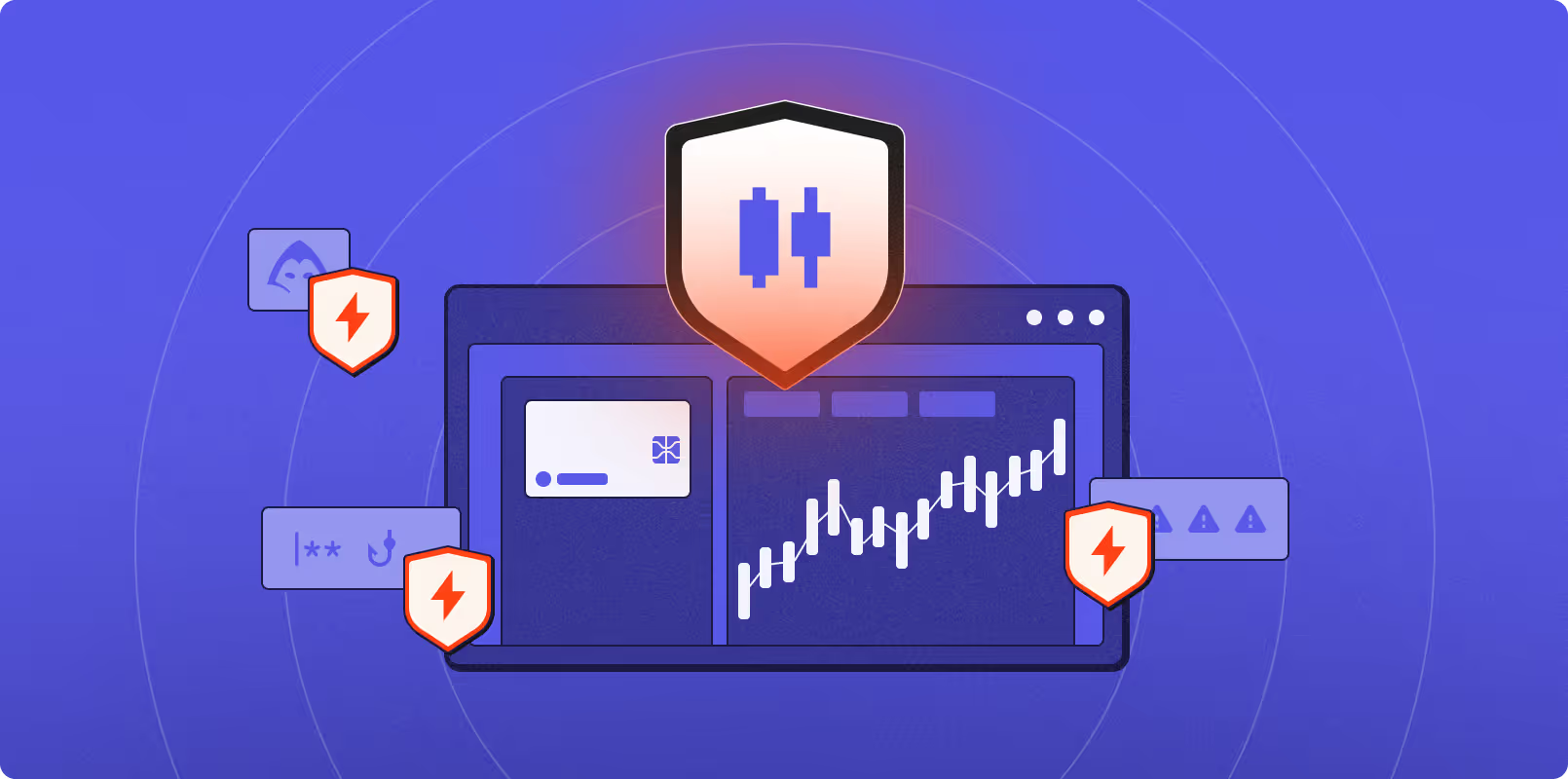

Penetration Testing built for regulated FinTech speed, scale, and scrutiny
Relied on by financial service innovators to safeguard transactions, protect sensitive data, and earn customer confidence at scale
Top Security Threats Facing FinTech Companies
Account Takeover
Weak authentication enables fraud through unauthorized access
- Stolen credentials allow large-scale account abuse
- Fraudulent logins drive revenue loss and churn
Insecure APIs
Flawed scopes expose banking data and transactions
- Broken authorization leaks customer financial records
- Unrestricted endpoints enable transaction manipulation
Cloud Misconfigurations
Weak IAM and flat networks expose data
- Excessive permissions enable lateral movement attacks
- Unsegmented workloads magnify ransomware impact
Crypto Weaknesses
Poor key management risks payment confidentiality
- Exposed keys allow data decryption attacks
- Weak encryption undermines transaction integrity
Compliance Friction
Lack of evidence delays financial partnerships
- Missing proof blocks SOC 2, PCI reviews
- Unverified controls stall vendor onboarding deals
FinTech Security In Numbers
$6.08M
The average cost of a data breach for the financial sector
41.8%
breaches affecting top FinTech companies originate from third-party vendors
46%
FinTech companies score poorly in application security
What You Get with Software Secured’s FinTech Penetration Testing
Skilled testers simulate real attacker techniques against payment flows, APIs, and cloud infrastructure to expose weaknesses before fraudsters do. Findings include reproducible proof, clear remediation priorities, and retesting to show measurable risk reduction.
FinTech Pentest Plan
Application & API Assessment
Cloud & Data Validation
Portal Features
Audit & Deal Evidence
Real Results for FinTech Companies
“A good self-custody technology should empower users to always understand what they’re signing, and give them tools to build clear policies around wallet usage. Software Secured’s testing validated those controls end-to-end.”
high growth startups, scaleups and SMB trust Software Secured






"Their team delivered on time and was quick to respond to any questions."
Trusted by high-growth SaaS firms doing big business
Our Penetration Testing Process
We make it easy to start. Our team handles the heavy lifting so you can focus on keeping your attack surface protected without the headaches.
Consultation Meeting. Our consultants span five time zones. Meetings booked within 3 days.
Customized Quote. Pricing tailored to product scope and compliance needs. Quotes delivered within 48 hours.
Pentest Scheduling. Testing aligned to your release calendar. Scheduling within 3-6 weeks - sometimes sooner.
Onboarding. Know what to expect thanks to Portal and automated Slack notifications. Onboarding within 24-48 hours.
Pentest Execution. Seamless kickoff, and minimal disruption during active testing. Report within 48-72 hours of pentest completion.
Support & Retesting. Request retesting within 6 months of report delivery. Auto-scheduled within 2 weeks.
“I was impressed at how thorough the test plan was, and how "deep" some of the issues were that their testing uncovered. Also, the onboarding process was simple and painless: they were able to articulate exactly what they needed from us, and showed a clear understanding of the product they would be testing during our initial demo”
Security Made Easy Get Started Now
Frequently Asked Questions
Get answers to common questions about securing financial systems with Penetration Testing
How does pentesting help our bank and card network due diligence?
Do you test money movement and payment initiation flows?
Yes. Given dummy accounts and sandbox testing environments, we target authentication, authorization, limits, and anomaly checks across transfers, payouts, and refunds, including API and SDK paths used by mobile and partner apps.
Will testing disrupt production systems?
We prefer staging or UAT environments. Risky actions are coordinated and throttled. The goal is useful, auditable evidence without instability or customer impact.
Do you cover PCI DSS and SOC 2 requirements?
Yes. External and internal network pentesting including segmentation testing and authenticated web and API pentesting are offered. Findings help demonstrate adherence to segmentation, encryption, logging, and change management requirements.
What about third party and embedded finance risks?
We examine partner integrations and SDKs for security vulnerabilities. Given source code, we could find risks associated with 3rd party libraries.






.avif)